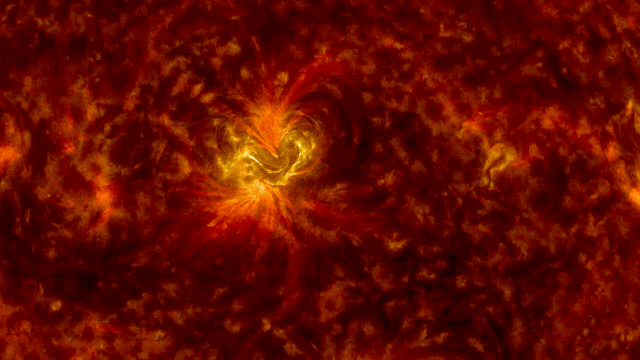In Two Years, Rooftop Solar Will Cost The Same As Grid Electricity
The price of rooftop solar power is falling fast. Just recently, the U.S. National Renewable Energy Laboratory said solar energy prices dropped by up to 19% countrywide in 2013, and by 12% this year. Prices now are 59% lower than what people said they would be back in 2010, showing how rapid the advances have been.
In the public mind, solar may still be something that only relatively well-off people can afford (people who have houses and who can afford to finance solar panels either upfront or a long-term lease). But increasingly that idea looks outdated. In a few short years, solar won't be an expensive luxury. It will be cheaper than everything else available.
Think that's wishful thinking? Look at a new Deutsche Bank report that says 47 states will reach "grid parity" for solar by 2016 (that is: rooftop solar will cost the same, or less, as grid power). Admittedly, that calculation requires ongoing government support, in the form of a 30% federal tax credit. But DB is pretty bullish even without significant subsidies. Only a 10% credit would result in grid parity in 36 states, it says, which is about three-quarters of the country.
Currently, only 10 states enjoy parity, starting with Hawaii, which has the highestelectricity prices in the country and plenty of solar resources. By 2016, the bank expects a host of big states like Florida and Pennsylvania to join the party, with only dreary, sun-deprived states like Alaska, Oregon, and Washington being holdouts.
Of course, the predictions are based on assumptions that could be wrong. Utilities could, for example, throttle the solar boom by persuading regulators to impose extra costs on home installers. Moreover, it doesn't mean that people will choose to exit the grid completely. For that to happen, we'll probably need a similar revolution in home battery storage as we've seen in the panel market.
Still, Deutsche Bank's analysis is another sign of how quickly things are moving.


Comments (0)